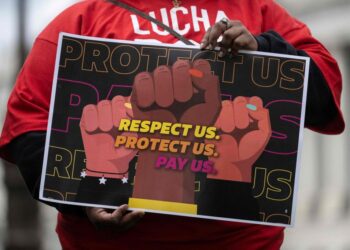Cash has its purpose, especially when it comes to short-term expenses up to 12 months out, but holding more than you need may come at a cost in the long term. Investing excess cash can make your money work its hardest for you to help you reach your goals.
While cash may have felt like a “safe haven,” and in recent years of high interest rates an income source, inflation undermines its value. Although inflation may be cooling, it hasn’t disappeared.
If your portfolio relies too heavily on short-term cash holdings, you may be limiting your ability to grow your capital over time and achieve your long-term financial goals. Staying in cash too long, or too often, could mean being forced to take on more risk later or lowering your overall wealth goals.
We believe a well-diversified, multi-asset portfolio is essential for most investors. Often, the traditional multi-asset mix is 60% stocks and 40% bonds, but yours may look different depending on your risk appetite and long-term goals.
If you still have excess cash, we believe the time to move can be now. One of the first places to invest when you step out of cash is into fixed income (often in the form of bonds), which has historically served as the ballast, steadying a portfolio.
The role bonds play is a critical one. Fixed income has typically been a safer way than equities to outperform cash. Even in 2023, when cash rates were at an elevated level because the Fed raised interest rates, fixed income still outperformed cash (5.6% annualized for the Bloomberg Barclays U.S. Aggregate bond index versus 5.1% for cash).
Right now, we believe interest rates are in the process of peaking for this economic cycle. This makes locking in these higher rate levels for longer, through bonds, particularly appealing.
Look at the data — not the headlines
Early in 2023, many predicted a “hard” economic landing and recession, leaving many people nervous and pessimistic. We stuck to the corporate data, and it said…
Read the full article here







